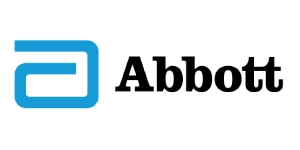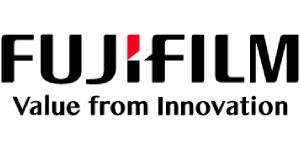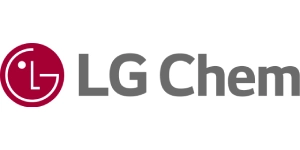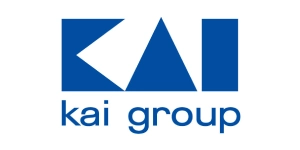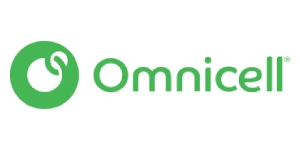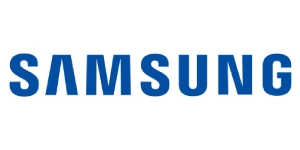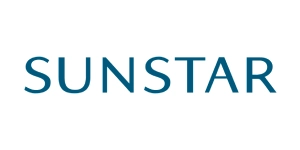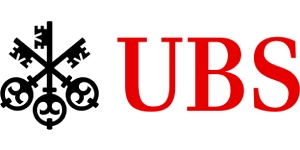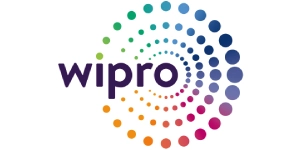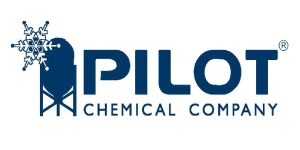Top Trends in Digital Water Solutions: Real-Time Monitoring and Smart Infrastructure Growth
Category : IT And Telecommunications | Published Date : May 2025 | Type : Press Release
As the global population grows and water consumption patterns evolve, the demand for efficient and smart water management has reached unprecedented levels. Water scarcity, increasing demand, and aging infrastructure are demanding reliable solutions. Digital water solutions improve the efficiency, sustainability, and reliability of water management. In 2025, the digital solutions market is witnessing significant shifts, fueled by smart infrastructure growth, rising adoption of IoT & sensor technologies, growing public-private partnerships, leveraging artificial intelligence (AI) & machine learning (ML), and increasing utilization in irrigation management. This article explores the key trends driving the digital water solutions market in 2025 and how they are helping meet water demands more sustainably and intelligently.
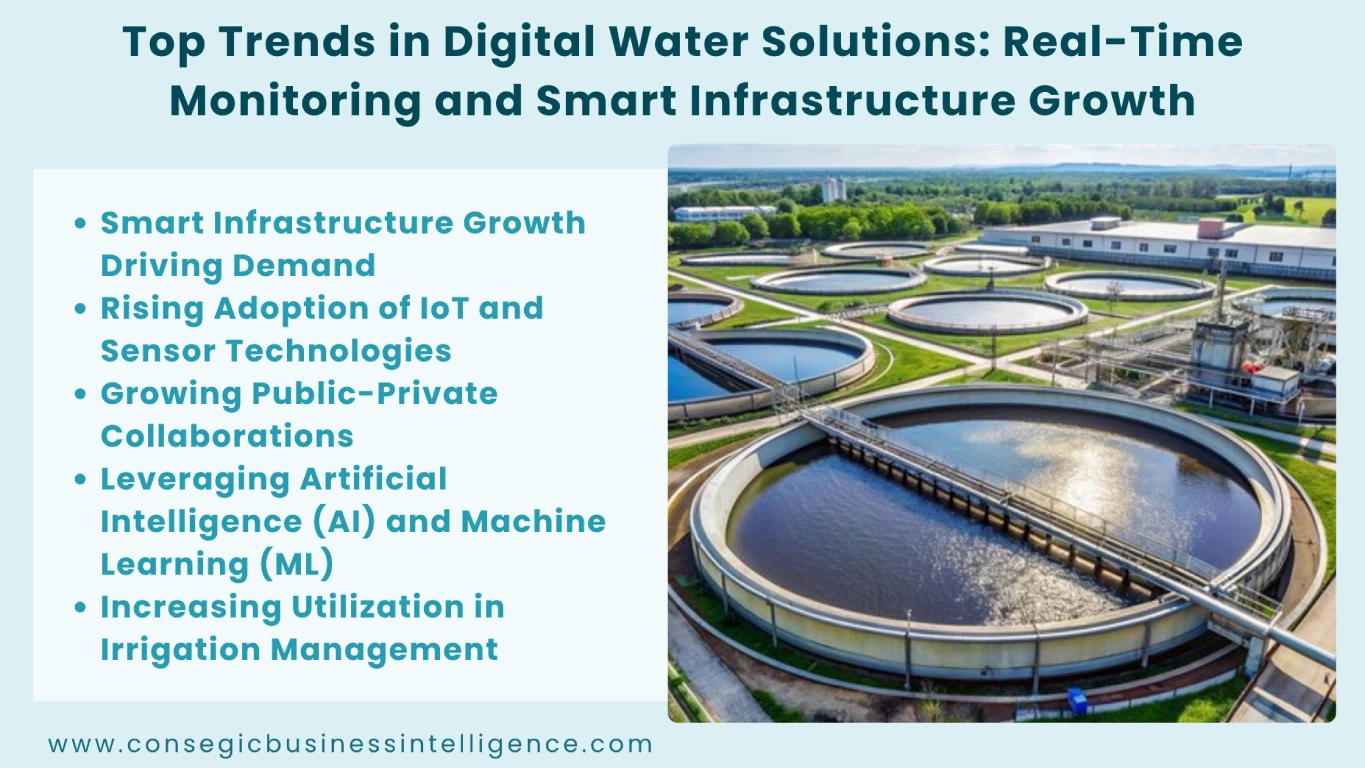
1. Smart Infrastructure Growth Driving Demand
One of the most transformative trends in 2025 is the development of smart infrastructure to improve the quality of life in cities and other environments. Digital water solutions offer significant benefits for water utilities and water users. They help in detecting leaks and optimizing distribution while minimizing water loss. Real-time monitoring and predictive maintenance extend the lifespan of water assets. Digital solutions also increase public awareness of water usage and conservation efforts.
Moreover, efficient smart water systems reduce energy consumption, a significant cost for utilities. The cost savings and efficiency gains from digital solutions lead to a higher return on investment. They also enable utilities to better understand customer needs and provide more responsive services. As the development of smart infrastructure increases, the demand for advanced water-integrated digital solutions is surging, pushing utilities and technology providers to innovate continuously.
2. Rising Adoption of IoT and Sensor Technologies
The growing global emphasis on monitoring water quality is another major factor influencing the digital water solutions market. The adoption of IoT and sensor technologies is enabling real-time monitoring and predictive analytics. Smart meters, an connected IoT device, provide consumers with data on their water consumption. This helps utilities to monitor water usage patterns. Moreover, sensors are used to track various water parameters such as quality, temperature, pressure, and flow. This allows consumers for real-time monitoring. It also reduces the risk of unexpected breakdowns.
In 2025, companies are approaching different strategies with their new products to support different countries’ water issues. For instance, Intertec Systems presented its digital water management strategy at Oman Water Week, highlighting IoT in water systems. Additionally, IoT automates tasks, reducing the need for manual intervention and improving the overall efficiency of water management.
3. Growing Public-Private Collaborations
Growing public-private collaboration is a significant trend in the digital water solutions market, driven by the complementary strengths each sector brings. Governments seek private sector technological expertise such as smart connected devices (sensors and meters), SCADA systems, and cloud-based water solutions to modernize water infrastructure. Private companies gain market access and contribute to crucial public services. They also find opportunities for revenue generation while contributing to sustainable solutions through utility digitization.
For instance, SUEZ and Angolan water utility EPAL E.P. have launched a USD 101 million project, commencing in April 2025, to modernize water supply systems for approximately 12 million residents in Luanda, Icolo, and Bengo provinces. These public-private collaborations are aimed at improving a consistent high quality water supply and addressing climate-related issues impacting water systems.
4. Leveraging Artificial Intelligence (AI) and Machine Learning (ML)
Artificial intelligence (AI) and machine learning (ML) are transforming digital water solutions by enabling advanced data analysis and predictive capabilities. AI algorithms have the capability to process vast datasets from sensors, meters, and weather forecasts. This is helpful in optimizing water distribution and predicting water demand. It also helps in water leak detection in real-time, while minimizing water loss and energy consumption.
Moreover, ML models learn from historical data to forecast potential infrastructure failures. This allows for proactive maintenance and reduces costly disruptions. In wastewater management, they are recognized as super beneficial. They optimize treatment processes, predict effluent quality, and enhance energy efficiency. Furthermore, AI-powered systems detect contaminants and anomalies. This enhances water quality. As water management challenges intensify, manufacturers are incorporating AI and ML to build more resilient and sustainable water systems.
5. Increasing Utilization in Irrigation Management
Increasing utilization in irrigation management is influencing the digital water solutions market in 2025. Digital solutions allow for real-time monitoring of soil moisture, weather conditions, and crop water needs. This enables farmers to apply water precisely when and where it is needed. Moreover, smart irrigation controllers and mobile apps adjust watering schedules based on weather patterns and soil moisture levels. This minimizes water wastage and maximizes efficiency.
Moreover, digital solutions help reduce water waste, which is crucial for sustainable agricultural practices. It allows farmers to monitor irrigation systems and make adjustments remotely, saving time and resources. With a focus on water conservation, improving crop yields, and ensuring a sustainable agricultural system, the demand for digital water solutions will grow.
Conclusion
The digital water solutions market in 2025 is characterized by a strong convergence of smart infrastructure development, the persistent adoption of IoT and sensor technologies for real-time monitoring, increasing collaborative efforts through public-private partnerships, the transformative application of AI and ML for advanced analytics and prediction, and a growing focus on optimizing water usage in irrigation management. These interconnected trends underscore a global commitment to leveraging digital innovation for more efficient, resilient, and sustainable water resource management. Stakeholders who embrace these emerging trends will be better positioned to lead the market.
